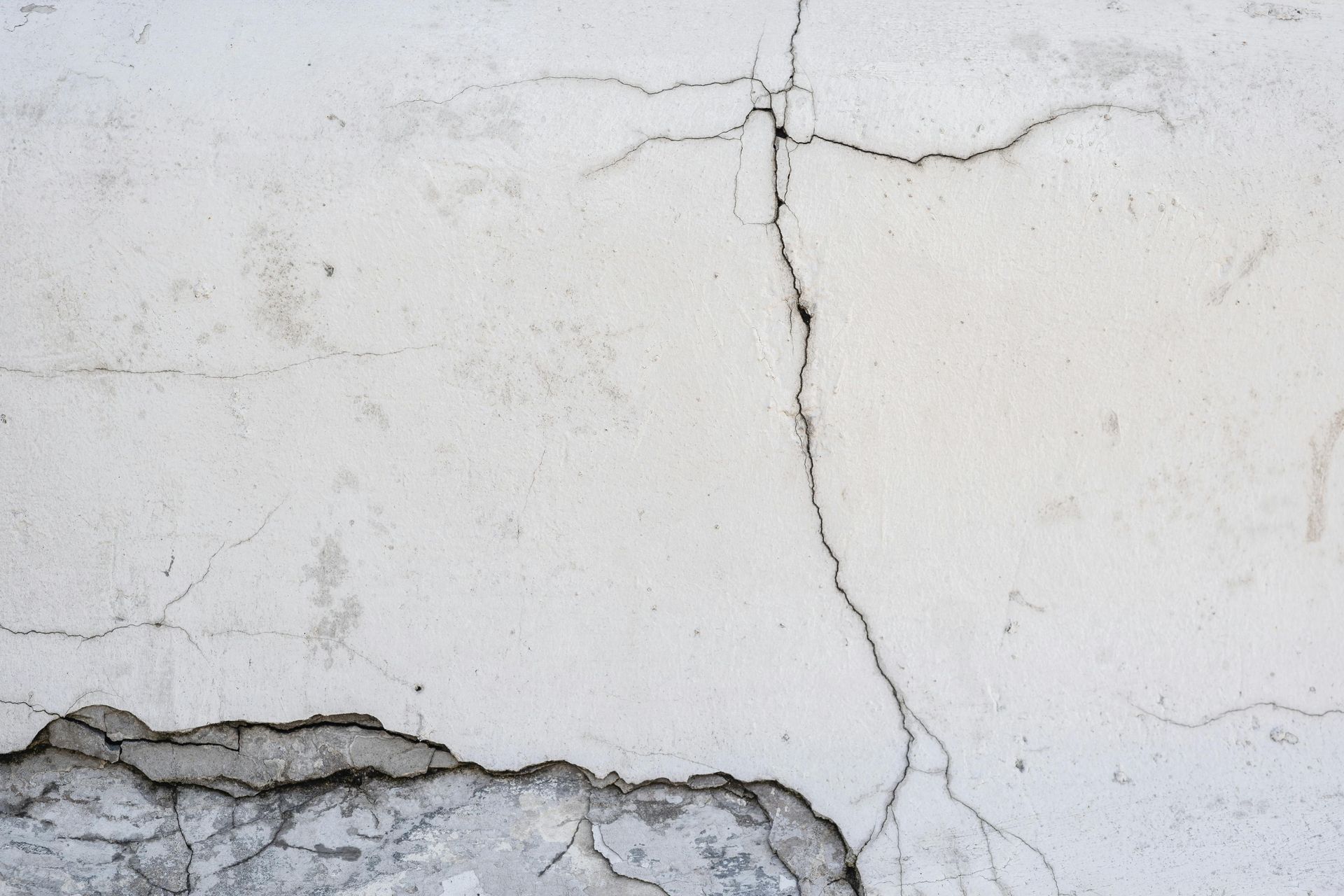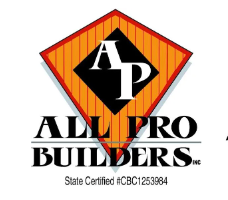Paving and Concreting Services: How to Fill Cracks in Old Driveways or Patios
Over time, even the most well-installed concrete surfaces begin to show signs of wear. Cracks in your driveway or patio not only affect the look of your property—they can also signal underlying issues or lead to more serious structural damage if left unaddressed. The good news? With the right steps and products, you can repair cracks and extend the life of your concrete surface.
At Beraki Concrete, we provide expert paving and
concreting services in Hollywood, FL and nearby areas. Whether you need help patching minor cracks or are considering a full concrete overhaul, our team is ready to restore your outdoor spaces. In this article, we’ll walk you through how to fill cracks in an old concrete driveway or patio and when to call in the professionals.

Why Do Concrete Cracks Form?
Before jumping into the repair process, it’s important to understand why concrete cracks in the first place. Common causes include:
- Shrinkage during curing: As concrete dries, it naturally contracts, sometimes causing hairline cracks.
- Ground movement or settling: Soil shifts underneath the concrete slab can cause larger, uneven cracks.
- Weather changes: Freeze-thaw cycles or extended exposure to heat can stress concrete.
- Heavy loads: Constant pressure from vehicles or foot traffic can wear down the surface.
- Improper installation: Lack of control joints or poor subgrade preparation can accelerate cracking.
No matter the cause, small cracks should be repaired early to prevent water infiltration, weed growth, and additional surface deterioration.
Tools and Materials You’ll Need
Before you begin repairing cracks in your driveway or patio, gather the following materials:
- Wire brush or stiff broom
- Shop vacuum or pressure washer
- Chisel and hammer (for larger cracks)
- Concrete crack filler or patching compound
- Caulking gun (if using concrete sealant tubes)
- Putty knife or trowel
- Safety gear (gloves, goggles, mask)
Depending on the width and depth of the cracks, you may need a different type of filler—such as self-leveling sealant for wide joints or a vinyl concrete patch for shallow surface cracks.
Step-by-Step Guide to Filling Cracks in Concrete
1. Clean the Crack Thoroughly
Start by removing all loose debris, dirt, and plant matter from the crack. Use a wire brush to scrub the inside edges, and then vacuum or rinse the area with a pressure washer. The cleaner the crack, the better the bonding will be between the concrete and the filler material.
Tip: Let the crack dry completely before applying any product, especially if you pressure wash it.
2. Widen the Crack (If Necessary)
For narrow cracks (less than 1/4 inch wide), you can usually apply filler directly. However, for larger or uneven cracks, use a hammer and cold chisel to widen the crack slightly and create a uniform channel. This helps the repair compound adhere better.
Clean the crack again after chiseling to remove dust or chipped concrete.
3. Apply the Crack Filler or Sealant
There are several products available depending on the crack size and desired finish:
- Concrete Crack Sealant (Liquid) – Best for small, shallow cracks. Squeeze directly from the tube or apply with a caulking gun.
- Concrete Patch Compound – A thicker, trowel-applied mix for deeper cracks or small holes.
- Vinyl Concrete Patcher – Great for hairline cracks and blends well with existing concrete.
- Epoxy or Polyurethane Crack Fillers – Strong and flexible, ideal for structural cracks.
Follow the manufacturer's instructions carefully. Use a putty knife or trowel to press the filler into the crack and smooth the surface level with the surrounding concrete.
4. Let It Cure Properly
Most crack fillers need at least 24 to 48 hours to cure, though drying time may vary based on product type, crack depth, and weather conditions. Protect the area from foot traffic, rain, or direct sunlight during this time.
If you're repairing a driveway, wait the recommended time before parking vehicles on the area.
5. Optional: Seal the Surface
To extend the life of your repair—and the entire concrete surface—consider applying a concrete sealer after the filler has cured. This protects against moisture intrusion, UV rays, and future cracking.
Choose a penetrating sealer for a matte, natural finish, or a topical sealer if you want a glossier look.
When to Consider Professional Help
DIY crack repair is effective for minor, surface-level cracks. However, certain conditions may require the expertise of a professional construct concrete services provider like Beraki Concrete:
- Cracks wider than ½ inch or longer than a few feet
- Uneven slabs or visible sinking
- Recurring cracks after previous repairs
- Drainage issues contributing to erosion or slab movement
- Extensive cracking or spalling across the entire surface
In these cases, patching the crack may only provide temporary relief. Our team can assess the structural integrity of your driveway or patio and recommend long-lasting solutions such as resurfacing, slab jacking, or full replacement.
Preventing Future Cracks
Once you’ve repaired your concrete, follow these maintenance tips to keep it in top shape:
- Seal the surface every 2–3 years to guard against moisture and chemicals.
- Avoid using de-icing salts in winter, which can erode concrete over time.
- Fix drainage problems that cause water to pool near or under the slab.
- Limit heavy vehicle parking on thin or aging slabs.
- Inspect annually and address small cracks before they expand.
Preventive care goes a long way in extending the life of your investment.
Why Choose Beraki Concrete?
Beraki Concrete is a trusted name in paving and concreting services across Hollywood, FL. We combine precision, high-quality materials, and years of hands-on experience to deliver long-lasting results.
Our full range of concrete services includes:
- Driveway and patio installation
- Concrete repair and crack sealing
- Decorative finishes and stamping
- Foundation and slab work
- Sidewalk and curb construction
Whether you’re dealing with a few cracks or a total concrete overhaul, we offer personalized service and clear, competitive pricing.
Final Thoughts: Address Cracks Early for Better Results
Small cracks in your driveway or patio may seem like a minor issue, but they’re often the first sign of deeper wear and tear. Filling these cracks properly will not only improve the appearance of your concrete surface—it also helps prevent more costly damage down the road.
If you’re ready to protect your property and restore your curb appeal, now is the time to act.
Beraki Concrete offers professional paving and concreting services you can rely on. Whether you're sealing small cracks or planning a complete replacement, our team is ready to help.
Contact us today for a free estimate and let’s bring your concrete surfaces back to life.
